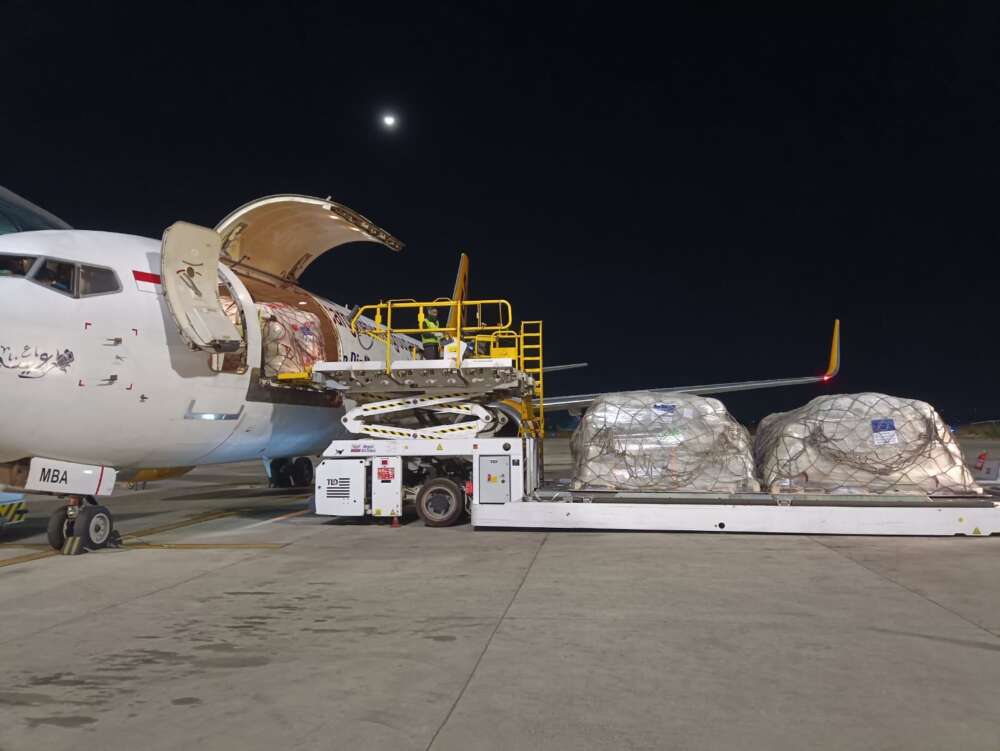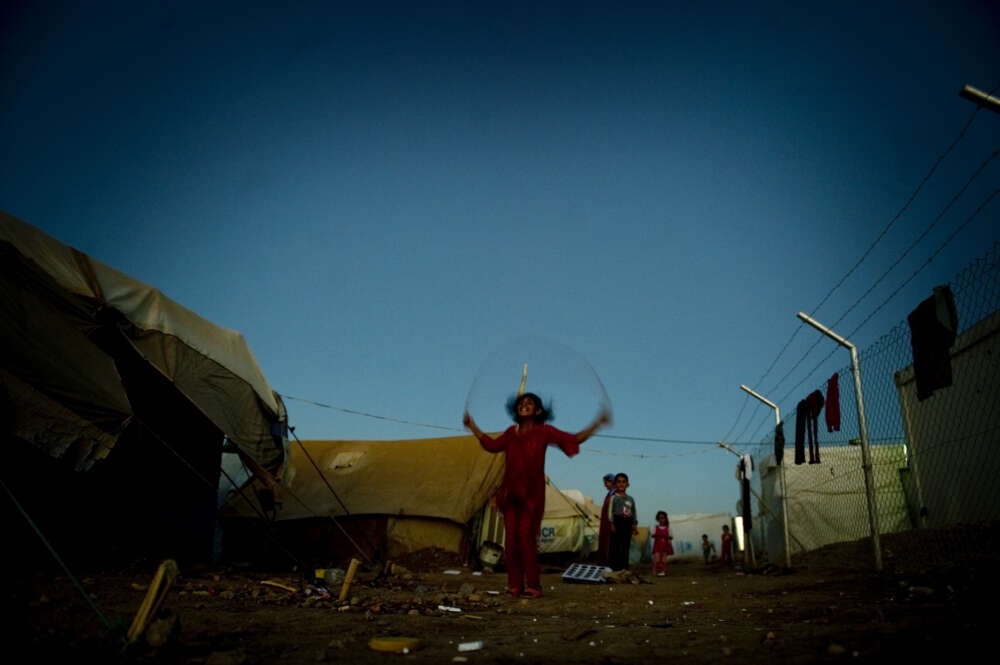Misconceptions About Food Assistance
* Food aid is the provision by foreign donors of food commodities, for free or at a steep discount from commercial terms, to individuals or institutions within a single country. Food assistance is a somewhat broader concept encompassing any internationally financed direct food, cash, or voucher transfer to food-insecure individuals or households for the purpose of increasing the quality or quantity of food consumed, so as to improve recipients’ health and nutritional status.
Key Further Reading
Gentilini, U. 2007. Cash and Food Transfers: A Primer. WFP Occasional Paper 18.
Harvey, P. 2007. Cash-based responses in emergencies. Humanitarian Policy Group Report No. 24.
U.S. GAO. 2009. Local and Regional Procurement Provides Opportunities to Enhance U.S. Food Aid, but Challenges May Constrain Its Implementation. Report GAO-09 – 757T.
U.S.GAO. 2011. Better Nutrition and Quality Control Can Further Improve U.S. Food Aid. Report GAO-11 – 491.
Upton, J. and E. Lentz. 2011. Expanding the Food Assistance Toolbox. Chapter 5 in C.B. Barrett, A. Binder and J. Steets, eds. Uniting on Food Assistance. London: Routledge.
Villa, K. and C. Mathys. 2011. Quality and Safety of Food Assistance. Chapter 6 in C.B. Barrett, A. Binder and J. Steets, eds. Uniting on Food Assistance. London: Routledge.
Webb, P. et al. 2011. Delivering Improved Nutrition: Recommendations for Changes to U.S. Food Aid Products and Programs. Boston: Tufts University.
…
This brief is a result of the Uniting on Food Assistance project conducted jointly by GPPi and the Charles H. Dyson School of Applied Economics and Management, Cornell University. The project is funded by the European Union. For more information, please contact Alexander Gaus.







